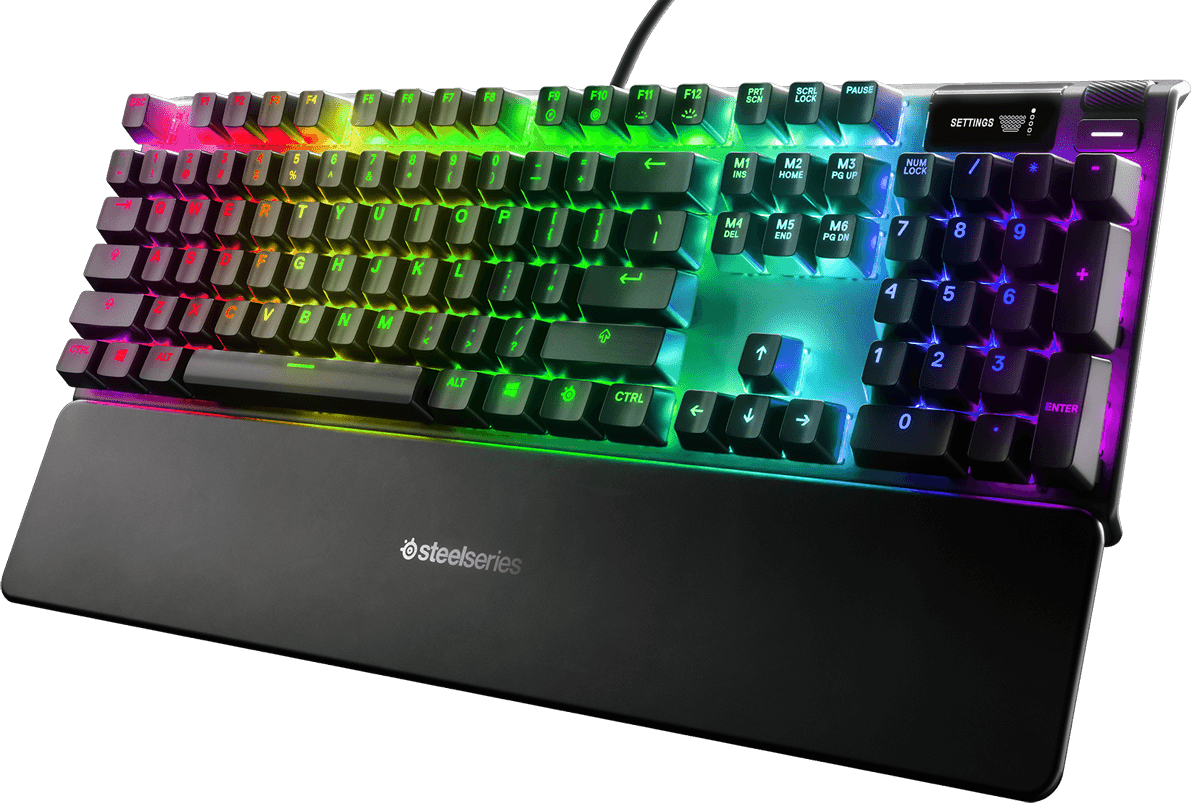Facepalm: Danish gaming peripheral and accessory maker SteelSeries has announced a new mechanical keyboard switch that promises to change the game. It’s a neat idea, but unless I’m missing something obvious, it offers no benefit in terms of speed. In fact, it may even slow you down.

The company’s new OmniPoint switches use magnetic fields to measure the exact distance that a key is pressed at all times. This means that each key can be adjusted to the exact point you want it to register, from a depth as shallow as 0.4mm up to 3.6mm for those that prefer a longer press.
SteelSeries said its new switches offer 5x faster actuation and 8x faster response time compared to a traditional mechanical switch.

OmniPoint switches are said to have a smooth and linear feel, similar to a red switch. Curiously enough (and arguably, to its detriment), adjusting the actuation point only affects when the keyboard registers a keypress, not how the key physically feels under your finger. Each key travels the same distance when bottoming out at any actuation point, SteelSeries copy manager Megan Thaler said in a blog post.
This effectively negates any advantage that a shallow actuation may deliver. Set it at 0.4mm, for example, and anything past that actuation point is just wasted travel and wasted time. You’re still going to push the key all the way down until it bottoms out because there’s no tactile feedback to tell you otherwise.
The SteelSeries Apex Pro launches on June 11 priced at $200.